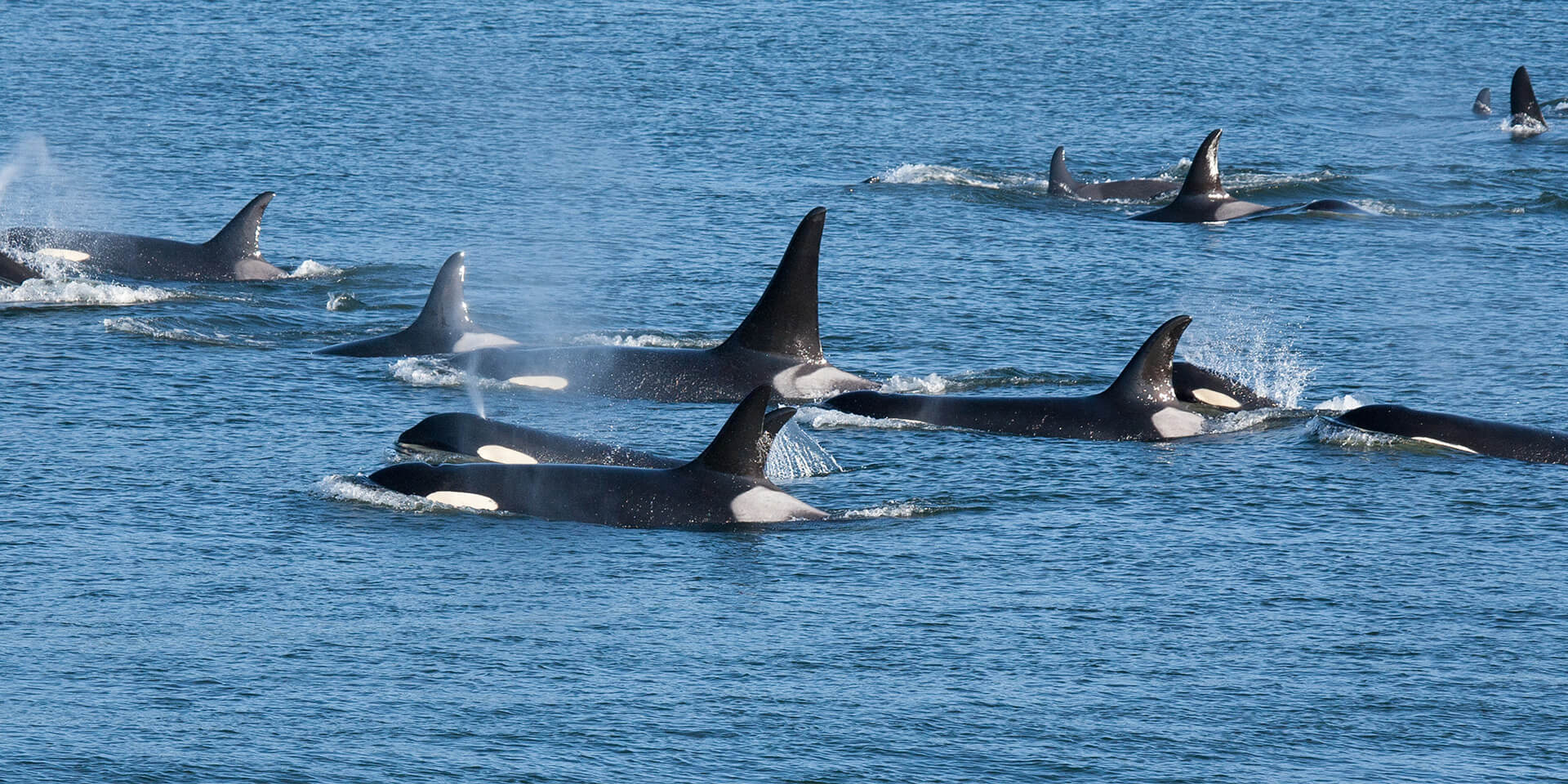Population Consequences of Acoustic Disturbance to Marine Mammals Symposium

Dusky dolphins (Lagenorhynchus obscurus) in New Zealand. (Dr. Mridula Srinivasan, NOAA Fisheries)
On October 21, 2011 the Marine Mammal Program of the Office of Naval Research (ONR) and the Marine Mammal Commission co-sponsored a symposium in Washington, D.C. on the population-level consequences of acoustic disturbance. The symposium reflected an interactive, synthetic process over the past three years that has engaged 30 experts from 20 institutions worldwide. Participants discussed translation of the National Research Council’s 2005 conceptual model on population-level consequences of sound into formal, species-specific, and ultimately transferable mathematical structures. They presented case studies of northern and southern elephant seals, coastal bottlenose dolphins, northern right whales, and beaked whales. The work was supported in part by grant N00014-09-1-0896 from ONR to University of California, Santa Barbara.
Panelist Presentations
Introduction to the Working Group on Population Consequences of Acoustic Disturbance (PCAD) (Michael Weise, Office of Naval Research)
A Conceptual Framework for Evaluating the Effects of Sound on Marine Mammals (John Harwood, University of St. Andrews)
Translating Conceptual to Parameterized Models for Multiple Taxonomic Groups (Len Thomas, University of St. Andrews)
Environmental Variation and Experimental Manipulation as Proxies for Disturbance in Elephant Seals (Daniel P. Costa, University of California Santa Cruz)
Relations among Foraging, Disturbances to Foraging, and Vital Rates in Southern Elephant Seals (Leslie New, University of St. Andrews/Marine Mammal Commission)
Population Consequences of Whale-Watching Disturbances on Cetaceans (David Lusseau, University of Aberdeen)
Potential Effects of Acoustic Disturbance on Foraging Behavior, Body Condition, and Demography in North Atlantic Right Whales (Rob Schick, Duke University)
Population Level Effects of Mid-frequency Active (MFA) Sonar on Blainville’s (Mesoplodon densirostris) and Cuvier’s (Ziphius cavirostris) Beaked Whales on U.S. Navy Ranges (David Moretti, Navy Undersea Warfare Center)
Integrating Conceptual and Practical Approaches to Assessment of Disturbance (Erica Fleishman, University of California Davis)
